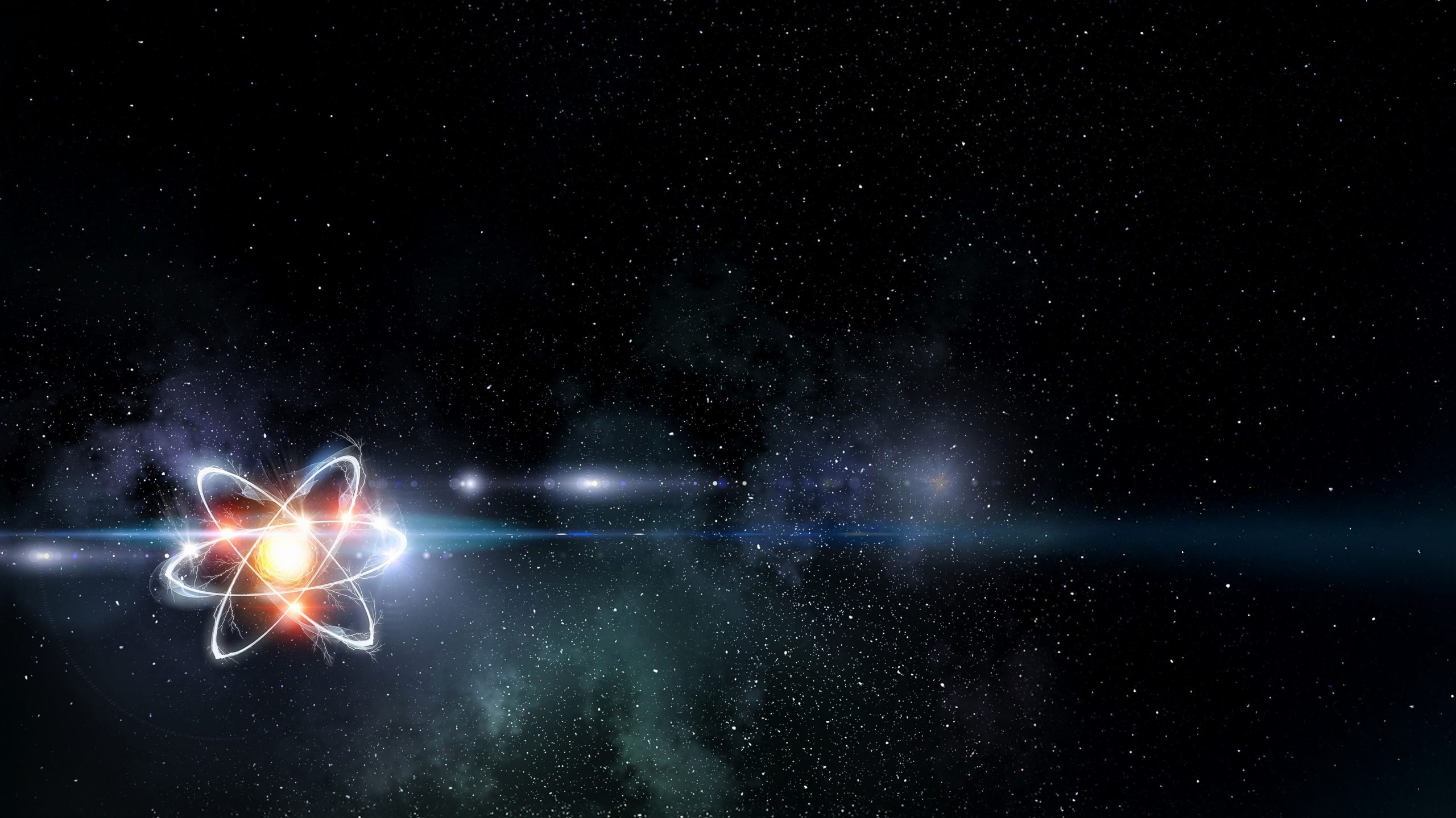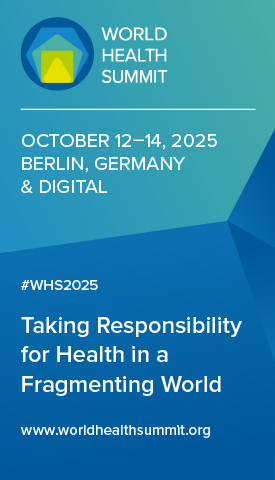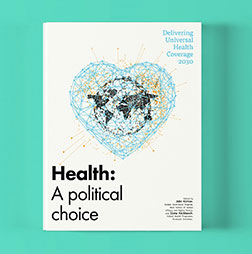A proven partner: Doubling down on nuclear energy ambitions is a smart move for the G7
As the clock counts down towards critical climate deadlines and energy security remains high on the agenda, almost all G7 members are doubling down on nuclear energy.
Many of them have undergone a decisive shift from political hesitation to political will. In the years since Covid-19, the signatories to the United Nations Framework Convention on Climate Change included a call to accelerate the deployment of nuclear power – along with other clean energy sources – in their Global Stocktake on the Paris Agreement at the 28th Conference of the Parties in Dubai in 2023, and important policy initiatives like the European Union’s green taxonomy have been passed.
Building capacity
As investment in solar and wind has grown, these intermittent renewables have continued to need backup for calm and cloudy days. Extending the lives of existing nuclear power plants is among the most economical ways to provide more low carbon power. But G7 members will also need to turn their plans to build new plants into reality.
Many of the nuclear reactors that have been the quiet, unsung heroes of G7 economies and societies were built after the oil shocks of the 1970s. But as nuclear fell out of favour in many countries, nuclear power plants were shut and very few were built.
In the past 20 years, 77 reactors have been shut in the G7, and only seven new ones have been connected to the grid. Today only four reactors are under construction in the G7 – two in the United Kingdom and two in Japan. Many more nuclear power plants are set to come to the end of their lives, meaning the G7 needs to walk to stay still and run to advance.
Around the world, nuclear grew steadily. Outside the G7, China built 48 reactors and Korea built nine in the past two decades. Internationally, Russia remains the prevalent foreign vendor. Rosatom is building four reactors at home and 18 in other countries, namely in newcomers Bangladesh, Egypt and Türkiye and in the established nuclear energy producers of India and China.
Momentum for a comeback is growing in the G7. The 2024 climate, energy and environment ministers’ communiqué included nuclear energy, with those countries that support its use agreeing to cooperate in building strong supply chains, among other measures. Governments across the G7 are taking active steps to boost nuclear energy at home and abroad. In the past two years, the United States brought on line two new reactors at Plant Vogtle in Georgia, making it the largest nuclear power plant in the country. The US government has been backing advanced reactor development with federal funding and tax credits. In Canada, the Darlington and Bruce Nuclear Power Plants in Ontario are undergoing major refurbishment and the province is also planning to build both new large reactors and small modular reactors. In April 2025, the Canadian regulator granted a construction licence for the first SMR at the Darlington site. The UK has committed to Sizewell C as part of its strategy to revive domestic nuclear capacity and supply chain skills. France’s EDF is moving ahead with its new European Pressurised Reactor 2 design and has government backing for a fleet of next-generation reactors. Japan has restarted several reactors shut after the 2011 Fukushima Daiichi accident, and in February 2025 the Diet approved a plan for nuclear power to generate a fifth of the country’s electricity by 2040, up from less than 8.5% today. Italy, meanwhile, is actively considering the reintroduction of nuclear power to meet energy security and climate change goals.
Broadening Horizons
G7 members are also stepping up nuclear exports. In 2022, Poland selected Westinghouse to build its first nuclear power plant, with construction planned to start in 2026.
US and Canadian companies are active contenders in Bulgaria and Romania. The Czech Republic and the UK, meanwhile, have formed a strategic partnership to develop supply chains related to SMRs. These export deals have the potential to create new industrial opportunities and secure supply chains for reactor components and fuel. They would rebuild high-skilled jobs and strengthen energy independence in the face of growing energy security concerns.
SMRs could be game changers, with the promise of lower upfront costs, faster construction, and scalability and factory production, allowing mass deployment.
But for that to happen on an international scale, approaches to design and regulation will need to be harmonised.
Meanwhile, the safety, security and safeguards of nuclear facilities and material will need to stay at the forefront of international priorities for nuclear energy to meet its potential.
Whether by supporting the safety of nuclear power plants amid war or checking that material around the world is not diverted to military use, the International Atomic Energy Agency will be central to making those crucial priorities a reality.
In the face of shifting geopolitical realities and lightning-speed advances in technologies such as artificial intelligence, the IAEA remains a stalwart asset for the international community and a partner in supporting the G7 towards its energy security and climate goals.












